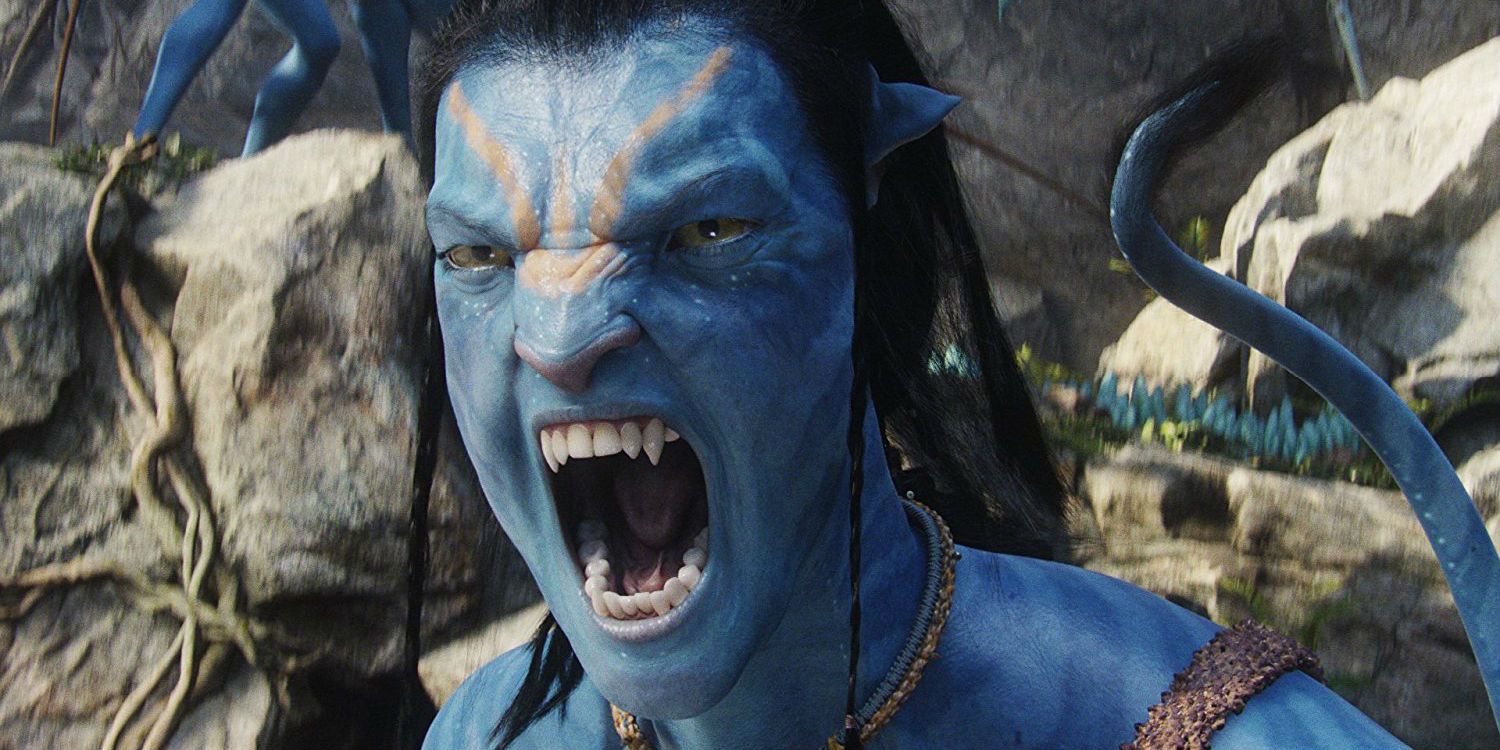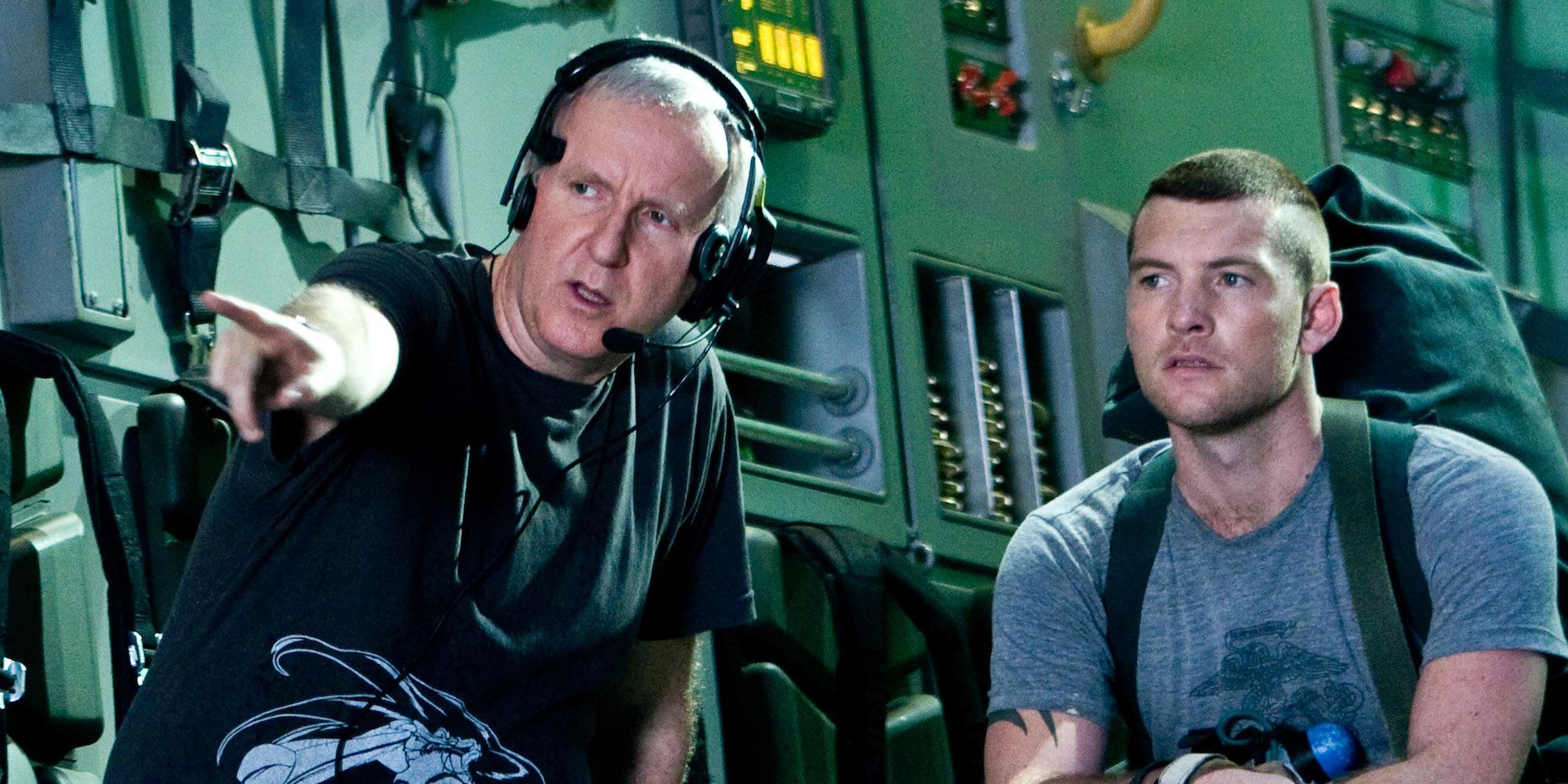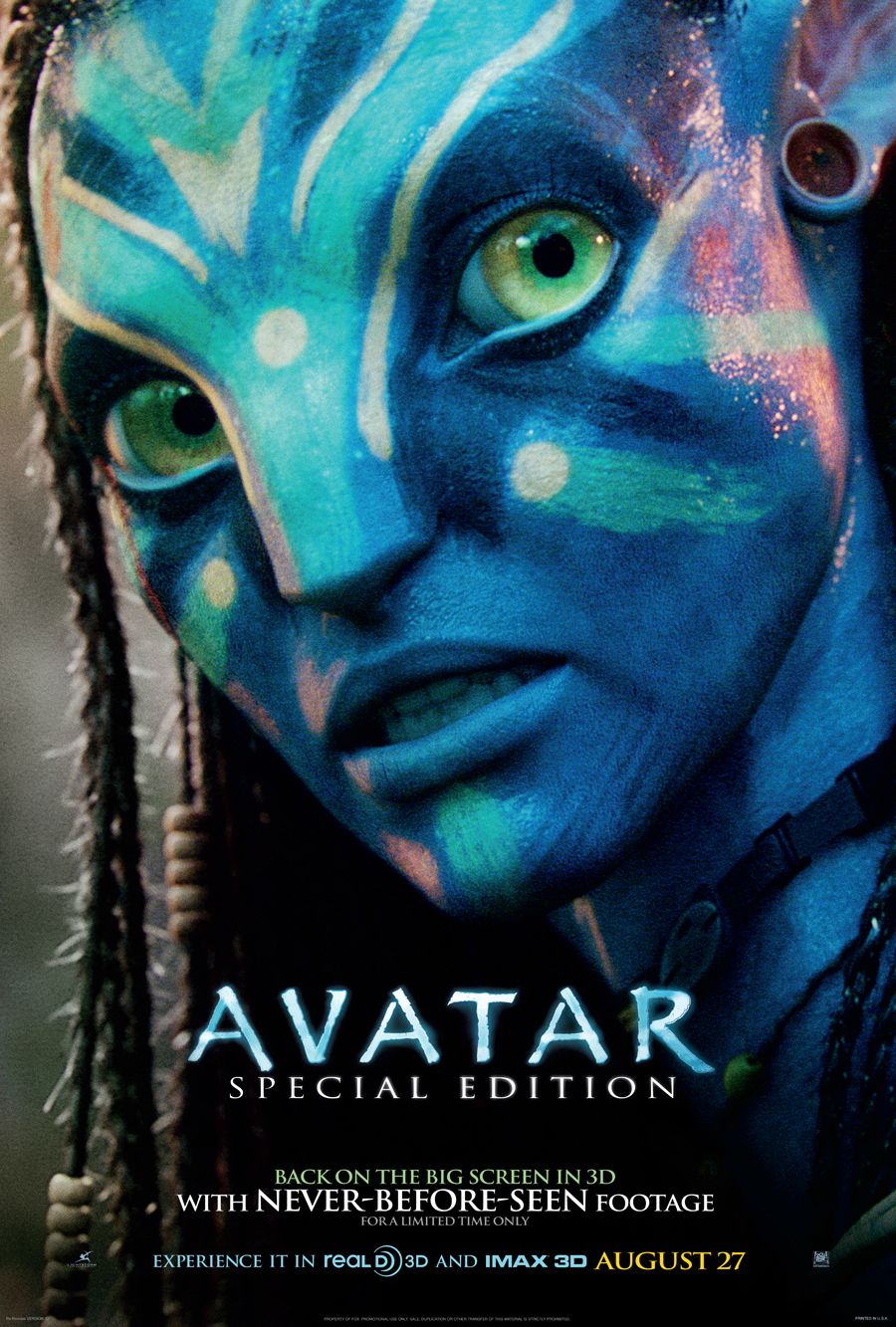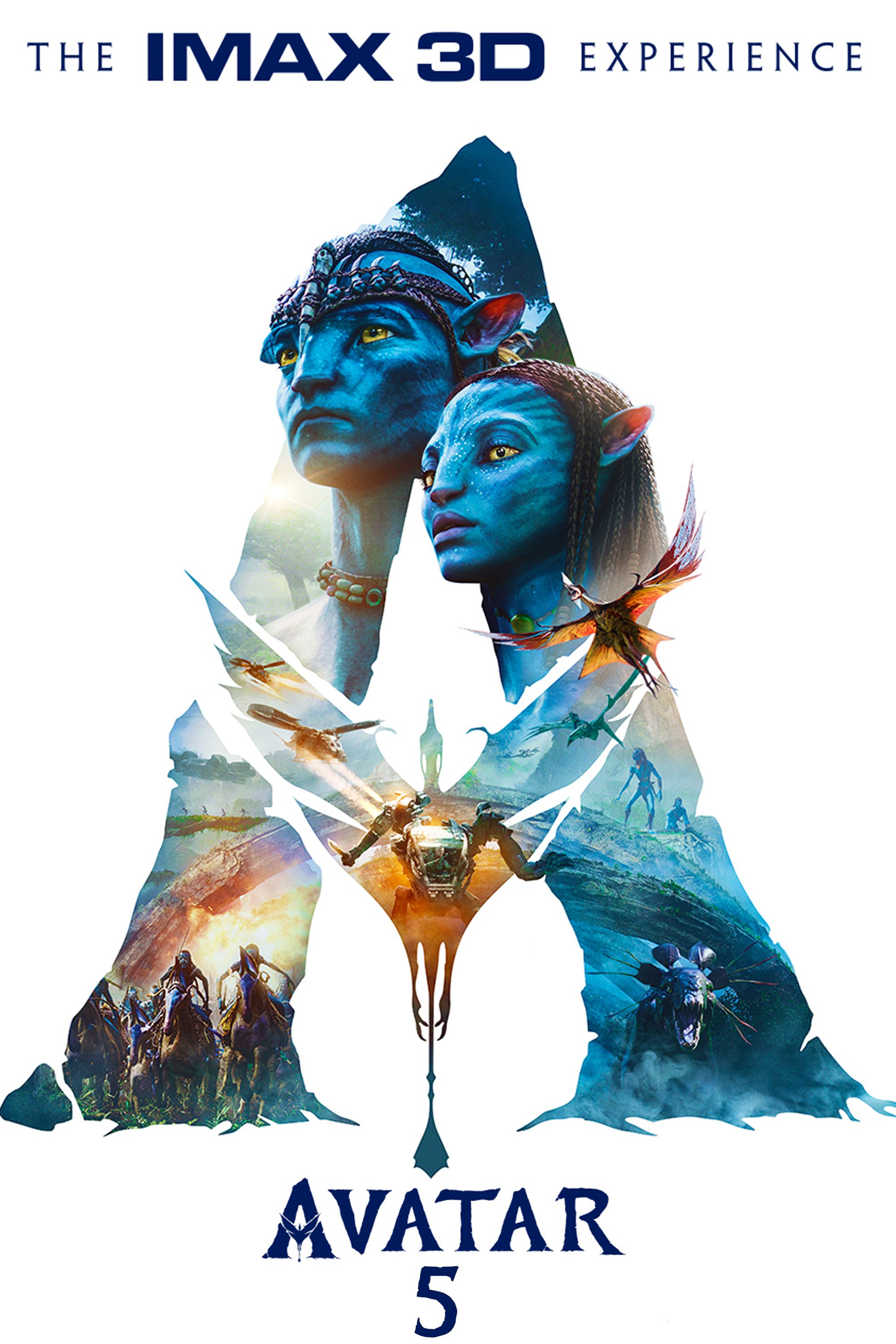After revolutionizing visual effects and 3D cinema with his 2009 sci-fi film Avatar, James Cameron hopes to make the four upcoming sequels just as jaw-dropping. It's been a long wait to find out what comes next for Pandora, but given that the first Avatar movie took fifteen years to get from Cameron's original treatment to the big screen, it's hardly surprising that the sequels are taking a while as well. Filming on Avatar 2 and 3 began last summer, and the next movie is set for release in December 2020.
Avatar 2's biggest technical challenge was shooting motion-capture performances underwater, and this has been a considerable challenge for the cast as well, who have been trained to hold their breath for two to four minutes at a time. The focus on this new frontier doesn't mean that Cameron is neglecting his love of 3D, though.
Related: James Cameron Confident Avatar 5 Will Release on Schedule in 2025
Last week, Cameron spoke at the Vivid light festival in Sydney, and vfxblog transcribed the highlights from the director's Q&A session. Cameron said that "Hollywood has done 3D a disservice by embracing post-conversion," and lamented the fact that, because of this reliance on post-conversion, "Native production technology has basically stalled as of about three or four years ago." With the Avatar sequels, he hopes to give 3D technology another push forward:
"From my own perspective since I’m not doing television production, I’m doing Avatar sequels – four of them. They will be, to the best of my ability, the best 3D that’s possible to make. That includes collaborating with the people at Dolby Cinema, who have developed high dynamic range projection that could put 16 foot-lamberts of light on a 3D screen through the glasses, which is revolutionary. Normally, you’re looking at about three foot-lamberts. Sixteen is what you should be seeing. That’s what movies should look like."
The next step in 3D will be making it possible to watch 3D movies without the use of glasses - something that Cameron has talked about enthusiastically in the past. For now, however, he is collaborating with Dolby Cinemas to try and solve the problem of 3D movies looking too dark. "Normally, you’re looking at about three foot-lamberts," Cameron explained, referring to a unit measurement for the amount of light reflected off a movie screen. "Sixteen is what you should be seeing. That’s what movies should look like." When 3D movies are finally looking their best, the technology can move forward to even more exciting places:
"We need to see the roll out of these laser projection systems, so that we can fully appreciate 3D through glasses in cinemas. Then, we need the roll out of autostereoscopic screens – large panel displays, where you don’t need glasses at all. You have multiple discreet viewing angles and all that sort of thing. Anybody that’s geeking out on 3D knows what I’m talking about. It’s all possible. It’s just a question of will it happen or not."
Once new and exciting, 3D has lost much of its shine due to so many movies adding it as an afterthought. If anyone can make 3D exciting again, Cameron can. "I guarantee one thing," the director said. "Avatar 2, 3, 4, and 5 are all going to be in 3D and they will look sumptuous."
More: Why the Avatar Sequels Are Worth Their $1 Billion Budget
Source: vfxblog (via SlashFilm).





